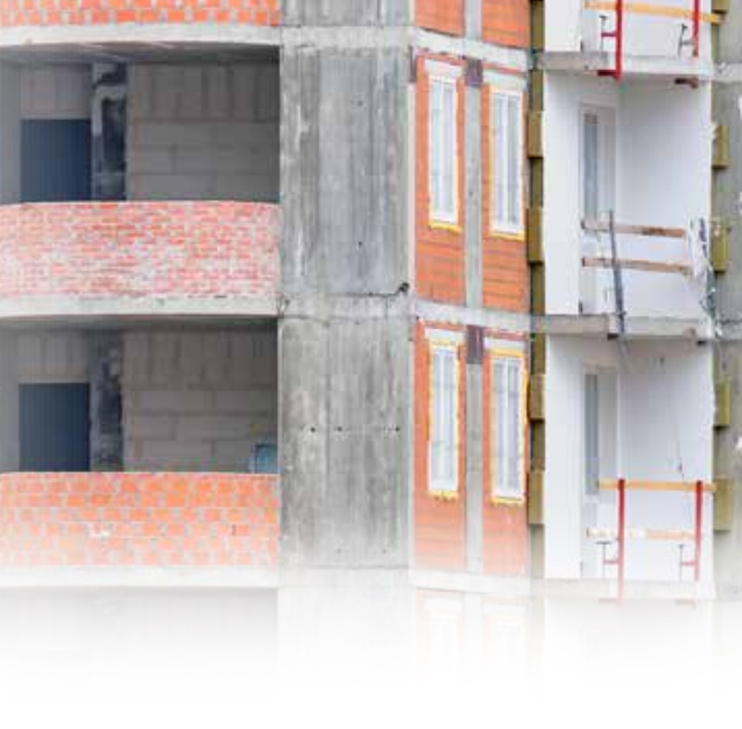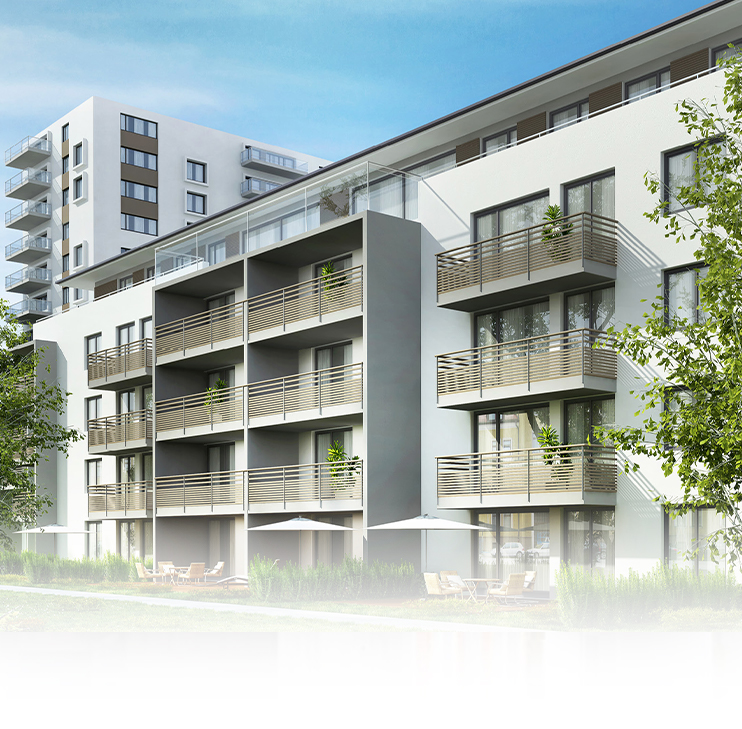In 2014, a dramatic fire destroyed Melbourne’s Lacrosse building. A similar blaze engulfed London’s Grenfell Tower just three years later, resulting in 72 deaths. These devastating fires have drawn attention to strata properties’ safety, specifically those built with external combustible cladding.
Since then, Deakin and Griffith universities’ report has revealed the prevalence of defects in strata properties beyond cladding concerns and highlighted the urgency of remediation.
To fulfil their duty of care and protect their financial investments, owners corporations should be aware of building materials used in their property, and the relevant legislative requirements associated with these.
This guide introduces various building products and materials and their associated risks, focusing on cladding use in New South Wales, Queensland Victoria.

As a member of the owners corporation, you are responsible for your building and managing its safety and financial risks. Because building materials directly affect your building’s safety and risks, it’s vital to ensure they meet regulatory requirements. By understanding common building materials, you can improve the safety, durability and performance of your building.

Knowing your building systems and common building defects can help you spot them and give you some understanding of what specialists look at when they undertake diagnostic reporting. What’s more, knowing where defects most commonly happen also means you can make sure the builders you use have a good reputation in this area.

Defects can happen at every stage of the building and construction process. However, studies have shown that 50 to 60% of defects happen because of design issues or could have been preventable with better design. This means that 40 to 50% of defects arise in the construction phase.
"*" indicates required fields

Head office
Level 27, 66-68 Goulburn Street, Sydney, NSW 2000

Monday - Friday, 8:30 am - 5:00 pm
Notifications